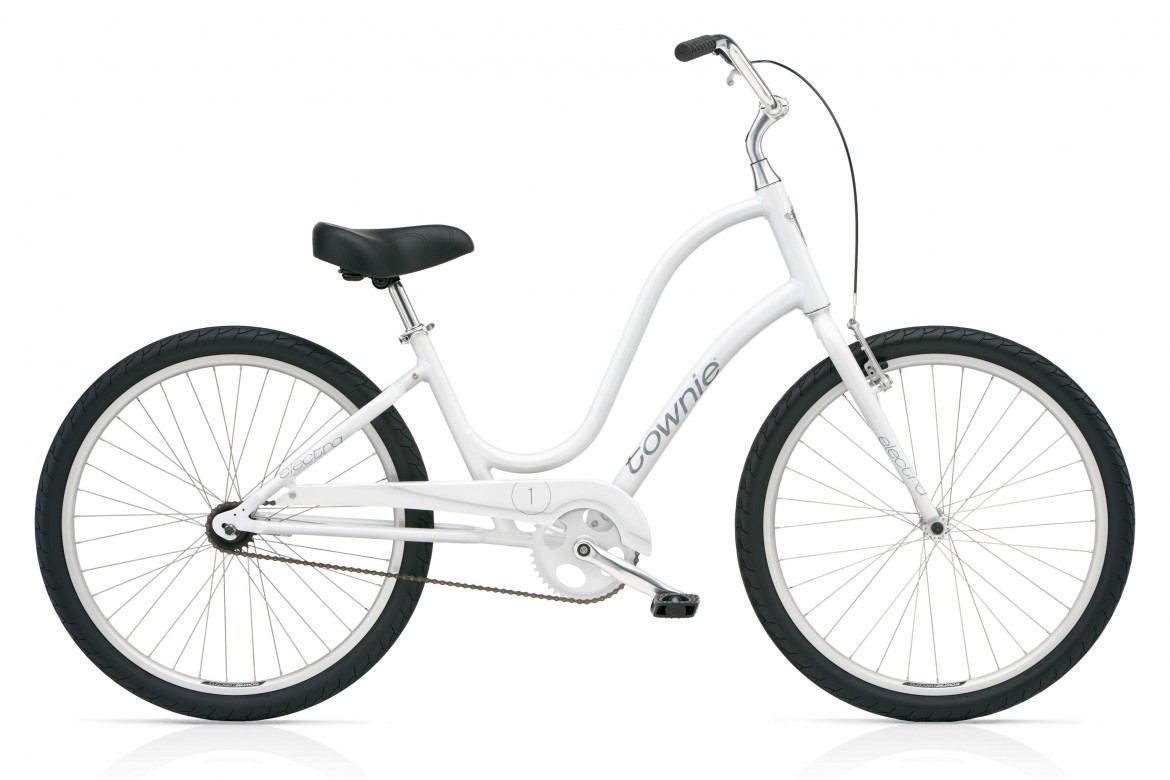Healthy Exercise
Healthy exercise helps healing from chronic illness.
Exercise benefits every cell in your body. And healthy exercise helps those with chronic illness to heal faster. How does exercise accomplish this phenomenal task?
We all have waste products in our cells. In order to be healthy, we must remove this waste. So, your cells deposit their waste into the surrounding lymphatic fluid. When we exercise, our muscles contract to pump the waste through the lymphatic channels and then into the blood stream. Then, the waste leaves our bodies through our kidneys or through our livers and then our bowels. Our cells are happy!
Also, our cells need nutrition and oxygen. Exercise brings nutrients and oxygen to our cells much faster. Our cells are very happy - and healthy!
Without exercise, our cells would be bathed in their own waste products. They would be unable to deposit any more waste in the clogged up lymphatic fluid. The waste would accumulate in our cells and eventually make our cells malfunction. Our cells are sad!
Also, without exercise, nutrients and oxygen would not be able to travel through the clogged up lymphatic fluid. Our cells would starve in this anaerobic (without air) environment. Our cells are very sad - and sick!
Exercise benefits our cells
and makes them happy and healthy.
In addition, exercise improves the condition of our entire cardiovascular system. In particular, the heart muscle may get stronger and more efficient. Blood pressure may normalize. Resting heart rate may decrease.
Since the brain is more oxygenated, we may be able to concentrate and think much better.
Cancer cells need an anaerobic environment to grow and multiply. But exercise creates an aerobic environment making it difficult for cancer cells to thrive.
We may actually gain more energy and stamina, too!
Endorphins are released when we exercise which makes us feel good. Therefore, we may experience an improved sense of well-being.
Exercise helps to alleviate the effects of excessive stress, and to provide high quality sleep. Thus, we may experience less anxiety and depression.
Exercise helps with weight management by burning fat and increasing muscle tone and strength. More muscle requires more energy, and therefore our basal metabolic rate (BMR) increases. A higher basal metabolic rate may burns more fat!
Weight-bearing exercise in particular may increase bone density and decrease osteoporosis.
In addition, exercise may assist with better coordination, trunk stability, flexibility, balance and posture. Neurological connections may also be strengthened.
If you have chronic illness, you may be thinking that there is no way that you can exercise. Getting out of bed may be hard enough!
Everyone, even those with chronic illnesses,
can and should do healthy exercise as tolerated!
The best exercise is the one can do,
you like to do,
and you will actually do consistently.
First, what exercise can you do?
Most people can walk. Walking has some terrific exercise benefits. You are less likely to become injured. You just need a decent pair of shoes. And walking in mostly available somewhere year round - outside, inside, health club, mall. The trick is to only walk as far and as fast as tolerated. If you are too sore or too fatigued the next day, then you did too much and you should cut back. Some days you may be able to walk further or faster. Just listen to your body.
A mini-trampoline is also simple and easy. You just need to gently bounce in order to obtain exercise benefits. Bouncing really clears the lymphatic system!
Stretching and core training are valuable exercises, too. Pilates and ballet classes incorporate these fitness techniques.
Second, what type of exercise do you like to do?
Any exercise or sport can be adapted to work for someone with chronic illness. You just may need to be creative. Exercise should be fun, and it is more fun if you like it!
Perhaps you love biking. But if you have a racer bike and you can not bend over for long periods, then you will want to invest in a more comfortable style. For example, Dr. Bazylewicz rode red Townie. It may not look cool, but it works well!
Third, what type of exercise will you do consistently?
You may love swimming. But if you cannot get to a pool, then you need to choose something else.
Frequency, intensity, and duration
are important parameters
with healthy exercise.
The frequency of your exercise should be at least 3 times per week for cardiovascular improvement or at least 5 times per week for weight loss.
The intensity of your workout should be just strenuous enough that it is impossible to sing, but it is possible to carry on a conversation.
The duration of your exercise should be at least 20 minutes for cardiovascular improvement or at least 30-45 minutes for weight loss.
All exercise plans should start slowly and gradually increase as tolerated in order to minimize sore muscles and excessive fatigue. Again, listen to your body.
High-intensity interval training (HIIT) is workouts in which you alternate periods of high-intensity exercise with low-intensity recovery periods. This alternation increases metabolism for weight loss (if needed), increases human growth hormone (HGH) for anti-aging effects, and improves tissue oxygenation.
An exercise journal is an excellent way to monitor progress and to improve motivation. These days, there are lots of heart rate monitors and daily step calculators available to help with your exercise program.
Keep in mind...
Expectations must be realistic.
Accomplishments must be rewarded.
And safety should always be emphasized.
Let food
be thy medicine,
and medicine
be thy food.
~Hippocrates
DANDELION
Your word
is a lamp
to my feet
and a light
to my path.
~Psalm 119:105
ECHINACEA
The secret of health
for both mind and body
is not to mourn for the past,
worry about the future,
or anticipate troubles,
but to live in the present moment wisely and earnestly.
~Buddha (paraphrased)
LAVENDER



